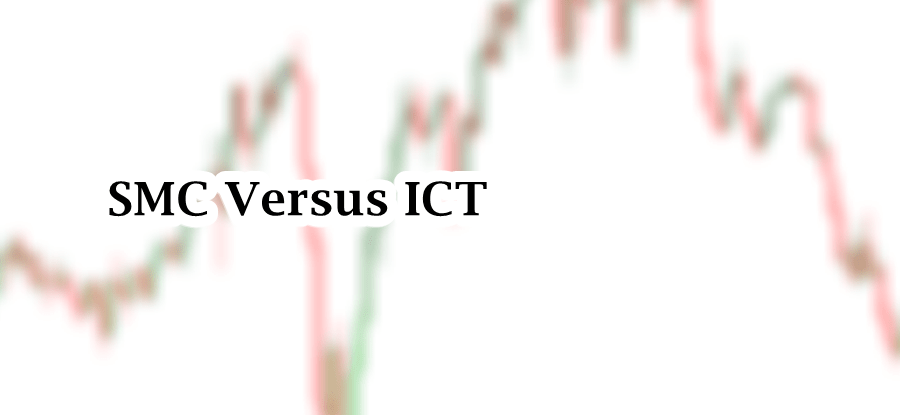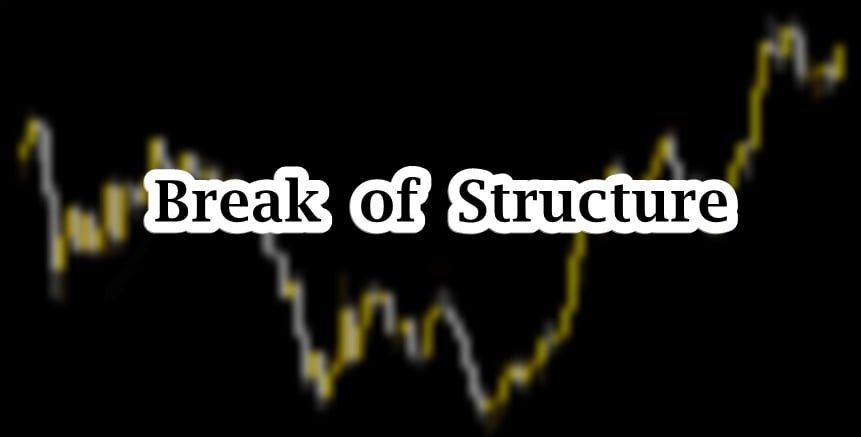
Table of Contents
ICT trading revolves around the concept of liquidity and importance of time in trading. The fair value gap is an internal range liquidity. In ICT PD Array Matrix, understanding fair value gap is a complex task. There are various types of FVG and all can be applied in bullish and bearish market. One the types of FVG is Implied Fair Value Gap.
This article explores understanding of IFVG, and its identification and trading in bullish and bearish markets.
Understanding of ICT Implied Fair Value Gap (IFVG)
Within SMC and ICT methodology, Implied Fair Value Gap is an advanced trading concept. It is hidden within price action. Unlike traditional fair value gaps, the IFVG is hidden within the price action. Traditional FVGs are simple and can be identified easily. The algorithm uses IFVG for price repricing and balancing delivery. These are the significant areas for institutional traders and SMC practitioner.
It is important to know that the term “implied” indicates that this gap does not appear explicitly on the chart. Instead of clear representation of FVG, the price displacement movement and the specific candlestick structure suggest the presence of an imbalance.
According to Micheal J. Huddleston, markets are controlled and algorithm drives price higher and lower. The market uses these areas to reprice and rebalance orders. Using the IFVG, traders can find high-probability ICT trade setups.
Formation of Bullish and Bearish IFVG
Bullish Implied Fair Value Gaps form in the following way:
- A large Bullish candlestick forms in an uptrend.
- The body of the candlestick is overlapped by the wicks of the preceding and following candlesticks.
- There is no visible gap, but there is a notion that imbalance exist.
- The market later retraces to this level before continuing the trend.
Bearish Implied Fair Value Gaps form in the following way:
- A large Bearish candlestick forms in a downtrend.
- The body of the candlestick is overlapped by the wicks of the preceding and following candlesticks.
- There is no visible gap, but there is a notion that imbalance exist.
- The market later retraces to this level before continuing the downtrend.
Identification of Bullish and Bearish IFVG
Bullish Implied Fair Value Gap
As we said that implied fair value gaps are hidden and not visually clear, we have to follow the structured approach to locate Bullish IFVG them.

In bullish market, look for a bullish displacement candle. This represents a strong price movement in one direction. For Bullish IFVG, the candle should appear in an uptrend. Sometime the same pattern appears after a Market Structure Shift.
Secondly, we have to study the previous and following candlesticks. The preceding candlestick should have a wick that overlaps the large candlestick’s body. The following candlestick should also have a wick that overlaps the large candlestick body. This overlapping hides the gap. This gap is referred to as implied FVG.
Thirdly, we have to measure the consequent encroachment of the wicks of the candlesticks. For this purpose, we use the Fibonacci tool to measure the 50% level of the upper wick of the first candle and 50% of the lower wick of the third candlestick. The area between these two CE levels can be referred to as Bullish implied FVG.
This is the general criteria of implied fair value gap.
Bearish Implied Fair Value Gap
As we said that implied fair value gaps are hidden and not visually clear, we have to follow the structured approach to locate Bearish IFVG them.

In bearish market, look for a bearish displacement candle. This represents a strong price movement in downward direction. For Bearish IFVG, the candle should appear in a downtrend. Sometime the same pattern appears after a Market Structure Shift.
Secondly, we have to study the previous and following candlesticks. The preceding candlestick should have a wick that overlaps the large candlestick’s body. The following candlestick should also have a wick that overlaps the large candlestick body. This overlapping hides the gap. This gap is referred to as bearish implied FVG.
Thirdly, we have to measure the consequent encroachment of the wicks of the candlesticks. For this purpose, we use the Fibonacci tool to measure the 50% level of the lower wick of the first candle and 50% of the upper wick of the third candlestick. The area between these two CE levels can be referred to as Bearish implied FVG.
This is the general criteria of bearish implied fair value gap.
Trading with Implied FVG
Careful understanding and identification of IFVG allows traders to implement it in their trading strategy. For this purpose, we have to follow structured approach.
First, market structure should be clear. It is crucial to know whether a market is trending upward or downward. In bullish trend, the market should be making higher highs and higher lows. In bearish trend, the market should be making lower lows and lower highs. We can use ICT daily bias for understanding intraday trends.
Secondly, we wait for higher timeframe liquidity sweep or balancing FVG. Other than that, we there could be an order block or breaker block the market is respecting. When price taps PD array, we shift in lower timeframe and find market structure shift.
Thirdly, after MSS, we wait for strong bullish or bearish candlesticks and confirms Implied FVG. This depends upon market trend. In uptrend, we wait for strong bullish IFVGs, and, in downtrend, we wait for strong bearish implied FVG.
Lastly, after marking Implied FVG, we wait for the price to reprice the IFVG.
Final Note
Like other FVGs, this type can be used to plan trade entries and confirm market trend. Although, we cannot rely solely on implied fair value gap. Like any other trading strategies, there are weaknesses that are attached to Implied IFVG. Sometime, market do not respect it. Remember it can be back-tested but the past performance does not guarantee future results. Trading in forex and other financial markets carries significant risk. Therefore, it is not suitable for all investors. It is advised to trade with the funds that you can afford to lose. Past performance can help but does not guarantee future results. It is advised to consult field expert before trading or investing.
FAQs
What is difference between a Fair Value Gap and an Implied Fair Value Gap?
A fair value gap is a clearly visible gap between three candlesticks that shows price imbalance. In contrast, an implied FVG is a hidden gap that forms when the body of a large candle is overlapped by the wicks of the preceding and following candlesticks.
Why is the IFVG considered important in ICT trading?
The IFVG is considered a key where smart money rebalances orders. This gap is hidden, that is why it often act as a trap zone or re-entry point for institutional orders, offering high-probability trades.
How to identify IFVG on chart?
In order to identify a large-bodied candlestick with the preceding and following candlesticks’ wicks overlapping its body. After that measure the 50%, also known as consequent encroachment of the wicks of those candlesticks to mark the IFVG zone.

I’m Aatiq Shah, a dedicated forex and crypto market practitioner with three years of hands-on experience. Currently, I’m working as a Financial Manager. My journey in the world of finance has equipped me with the skills and knowledge needed to navigate the complexities of the forex and crypto markets.





